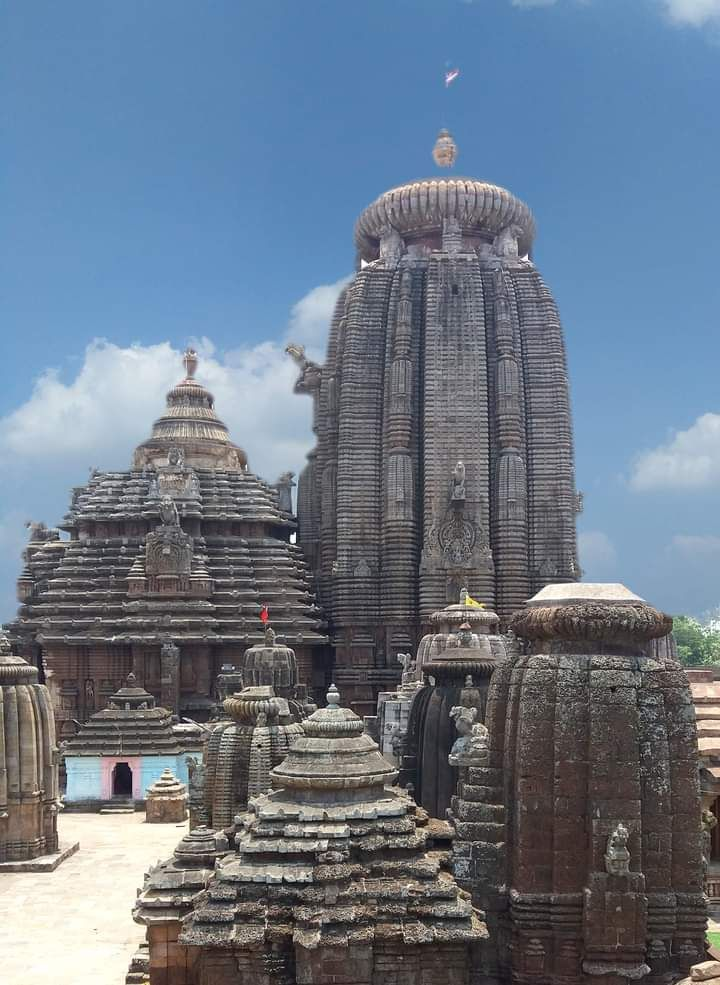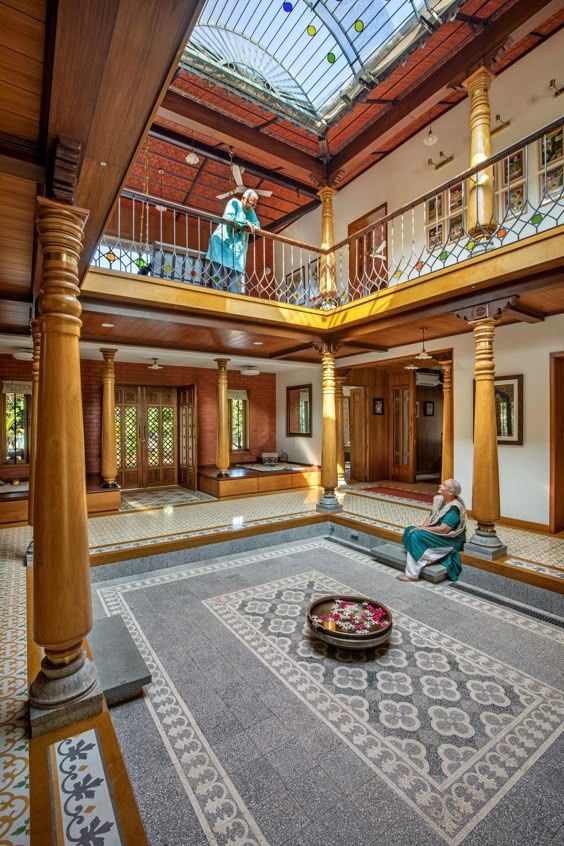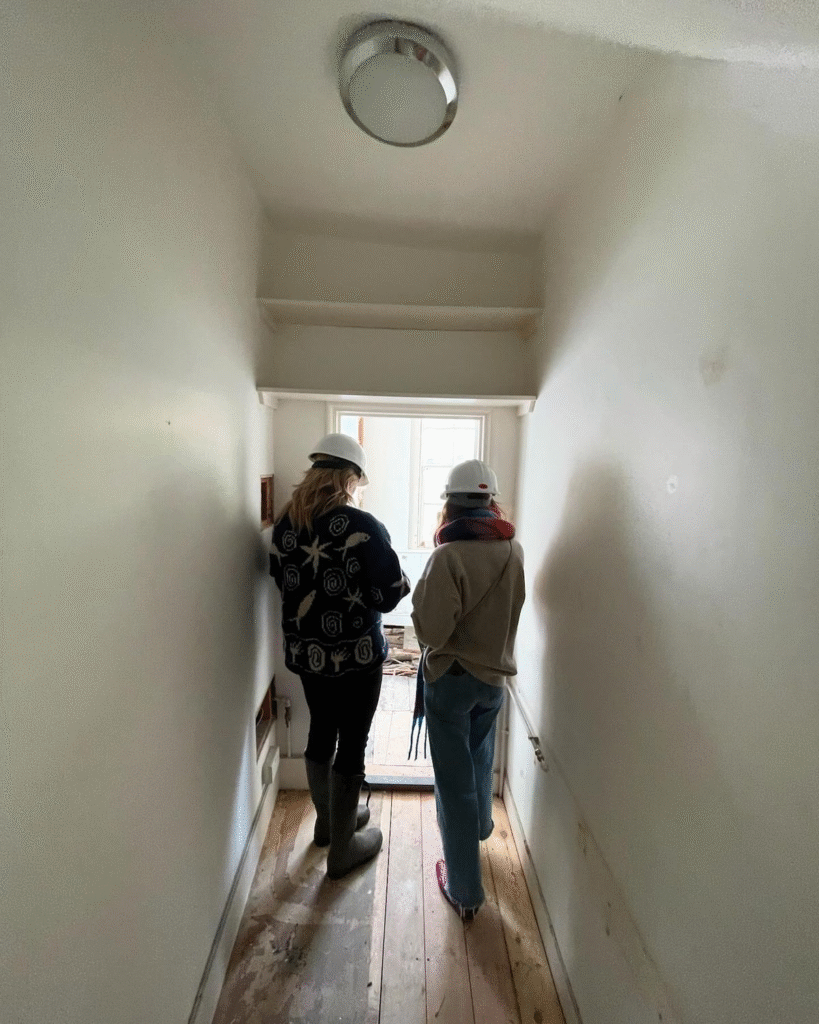Introduction: When the Temple Becomes the New Address Line
In India’s real estate boom, a subtle but powerful trend is emerging: buyers are choosing homes based on their distance from temples, not just schools, malls, or metros.
From Ayodhya to Haridwar, Salasar to Tirupati, the gravitational pull of spiritual proximity is transforming temple towns into real estate magnets. Meanwhile, tech towns—Bengaluru, Pune, Hyderabad—promise jobs, but temple towns promise emotional belonging.
This blog explores why spiritual proximity is increasingly framed as a filter in property decisions, what that means for design and development, and how it captures a uniquely emotional real-estate narrative in modern India.

● Temple Towns Are the New Real Estate Goldmines
Take a look at major temple towns:
- Ayodhya—post Nakshatra inauguration of the Ram Mandir on January 23, 2024, land values surged 10–15x within 5–10 km radius; property prices soared between ₹2,000 and ₹20,000 per sq ft in just a few years Trade Flock+7The Financial Express+7geosquare+7Hindustan Times.
- Varanasi, Haridwar, Tirupati, Shirdi, Madurai, Amritsar—cities with annual pilgrim footfalls in the tens of millions—have seen real estate demand rise sharply, especially around temple corridors and ghats Times Property+1Hindustan Times+1.
- Salasar (Rajasthan)—saw land prices double or triple after new expressway connectivity, due to growing religious tourism-led demand geosquare.
In contrast, tech towns continue delivering job-driven growth—but with spiritual proximity, buyers seek more than utility: they seek symbolic anchoring.
● Choosing Devotion Over Data: Why Buyers Prefer Temple Towns
Emotional Drivers
- Spiritual peace—many buyers want retirement homes close to temples, believing it enhances serenity and Vastu balance Daga DevelopersThe Financial Express+2The Realty Fair+2Daga Developers+2.
- Legacy investment—temple adjacency becomes symbolic as inheritance or family seat.
- Cultural immersion—living among pilgrims and rituals attaches a deeper sense of home than high streets or IT parks.
Economic Triggers
- Infrastructure boom—airports (Ayodhya), corridors (Kashi Vishwanath Corridor, Shree Jagannath Corridor in Puri), highways and better public transport accentuate value Housing+2Wikipedia+2Trade Flock+2.
- Hospitality demand—short-term lodging, guest houses, serviced apartments thrive near temples, making real estate investment viable even for non-resident owners Times Property.
- Appreciation potential—Colliers and Jefferies reports point to sustained 15–30%+ annual price growth in temple towns Times Property+6Hindustan Times+6Hindustan Times+6.
● Temple Town vs Tech Town: What Buyers Choose
| Feature | Temple Town | Tech Town |
|---|---|---|
| Emotional Appeal | Spiritual belonging, rituals, legacy | Job opportunities, lifestyle |
| Infrastructure Mode | Temple corridors, pilgrim footfall | IT parks, transport nodes |
| Value Growth Dynamics | Inspired by festivals, pilgrim seasons | Driven by tech cycles, demand |
| Use Cases | Retirement homes, havens, short-stay ops | Permanent residences, rentals |
| Demographic Attraction | NRIs seeking spiritual roots | Young professionals, startups |
● Design Considerations: Living Near the Temple
1. Inclusive Transition Architecture
Properties close to temples often include courtyard-based layouts, quiet meditation rooms, and visitor lodging—balancing ritual and comfort.
2. Pilgrim-Friendly Spatial Planning
High demand from transient guests means designing flexible rooms, hospitality-grade bathrooms, local knot design cues, and Vastu-aligned entryways.
3. Integrate Public with Private Space
Homes are often built within clusters combining private villas and public satsang or prayer halls—blending spiritual landscapes into residential zones (as seen in Tiruvannamalai) HousingTimes Property+5Wikipedia+5Hindustan Times+5geosquare+2Wikipedia+2The Realty Fair+2The Financial Express+3Trade Flock+3The Realty Fair+3geosquare+6Daga Developers+6The Realty Fair+6Times Property+1Housing+1.
4. Eco-Sensitive Designs
Spiritual zones demand sustainable design—e.g., rainwater harvesting, mud-brick aesthetics, native landscaping—echoing traditional temple precincts Daga D

● Case Spotlights: Temple Towns Transition to Real Estate Hubs
Ayodhya
Since the Ram Temple’s completion and arrival of international airport, the city has seen organized township and hotel development. Real estate prices within 5 km of the temple reached ₹20,000+ per sq ft and demand for short‑term rental stays is booming The Financial Express.
Varanasi & Puri
Corridor and heritage redevelopment (Kashi Vishwanath Corridor, Puri Heritage Corridor) have attracted major hospitality, retail, and plotted growth—positioning these towns as both spiritual and payback centers Housing+4Hindustan Times+4Wikipedia+4.
Shirdi & Tirupati
In Shirdi, property prices are now around ₹4,000–₹7,500 per sq ft with hospitality development skyrocketing; Tirupati’s residential and hotel markets closely follow pilgrim flux under the management of TTD and growing electronics hub sectors too Wikipedia.
Salasar & Garhmukteshwar
Salasar has surged thanks to expressway access, doubling land values and attracting plot investors; Garhmukteshwar near Delhi is being rebranded as a mini‑Haridwar with mixed-use spiritual tourism growth The Financial Express+9geosquare+9The Realty Fair+9.
● Spiritual Proximity as an Iron-Clad Real Estate Filter
In many Indian homebuyers’ mental checklist, proximity to temple or waterbody (river) now outranks metro links or podium parking.
Factors influencing this filter:
- Vastu Validation—living northeast, facing east, within temple rang—believed to multiply positivity.
- Quiet Confidence—homes near temples are perceived safer, spiritually secure, and socially stable.
- Legacy Value—potential retirement use or generational home near sacred geography.
- Rental Viability—tourist footfall ensures occupancy and yields, often year-round.
● Design Implications for Architects and Developers
For those designing or marketing property in spiritual zones:
- Minimalist design with native materiality—sandstone, carved wood, pastel lime wash consistent with temple vernacular.
- Flexible guest suites that serve family retreats and pilgrim stays.
- Subtle Vastu compliance—temple-view corridors, puja balconies, east-facing entry.
- Community spaces for satsangs, yoga zones, meandering courtyards.
- Green, walkable layouts with shaded paths to temples or riverfronts.
● Beyond Investment: Emotional Urban Planning
Temple towns reveal that real estate is shifting:
- From prestige to presence
- From capitalist calculus to cultural mapping
- From “just another flat” to “address that resonates”
Here, property isn’t just owned—it’s inhabited as both emotion and geography.

Conclusion: When Spiritual Location Becomes a Real Estate Filter
Indian homebuyers are increasingly choosing temple proximity as their primary location metric. And with sustained infrastructure investment (airports, corridors, highways), many temple towns now rival tech cities in property growth and appeal.
Temple towns offer ritual, repose, and community—and architecture is adapting to honor that. The real estate filter isn’t just about ROI—it’s about the unseen value of spiritual anchoring.
Need Property & Design Advice Around Temple Town Living?
I specialize in:
- Real-estate contextual design near temple corridors
- Calendar-sensitive hospitality homes
- Transgenerational dwelling solutions in spiritual hotspots
- Pan‑India architecture & interiors from Ambala, Haryana
📩 Email: contact@mishulgupta.com
📍 Serving clients across India
